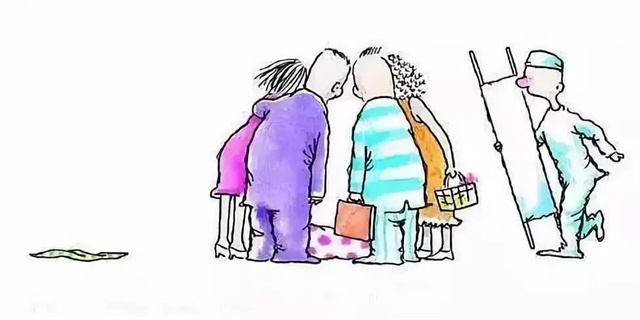Antialiasing: Enhancing Image Quality
Introduction
Antialiasing is a technique used to enhance image quality in computer graphics and visual rendering. This process aims to reduce the jagged or stair-stepped appearance of lines and edges in images, resulting in smoother and more realistic visuals. Antialiasing plays a crucial role in creating high-quality graphics and improving the overall visual experience in various applications, including video games, graphic design, and digital imaging.
The Need for Antialiasing

When images are displayed on digital screens or printed on physical mediums, such as paper, the inherent grid-like structure of pixels can cause the edges and lines to appear jagged or distorted. This distortion, known as aliasing, occurs due to the limited resolution of the display or printing device. To counteract this effect and achieve smoother visuals, antialiasing techniques are employed.
Types of Antialiasing Techniques

1. Multisample Antialiasing (MSAA)
MSAA is one of the most commonly used antialiasing techniques. It works by sampling multiple points within each pixel and averaging their colors. This process helps to smooth out the jagged edges and reduce the visibility of aliasing artifacts. MSAA is relatively efficient in terms of performance and is widely supported by modern graphics hardware.

2. Supersample Antialiasing (SSAA)
SSAA is an antialiasing technique that renders the image at a higher resolution than the display or output resolution. The resulting image is then downsampled to the desired resolution, effectively reducing aliasing artifacts. SSAA provides superior image quality compared to other antialiasing techniques but can be computationally intensive, leading to performance trade-offs.
3. Temporal Antialiasing (TAA)
TAA is a technique that combines data from multiple frames to reduce temporal aliasing, which occurs when objects or elements in motion appear jagged or flickering. By analyzing and blending information from previous frames, TAA can produce smoother image sequences while maintaining reasonable performance. TAA is commonly used in video game rendering and real-time applications.
The Impact of Antialiasing
The application of antialiasing techniques significantly improves the visual quality of images and graphics. Jagged edges and aliasing artifacts are reduced, resulting in smoother lines, cleaner textures, and more realistic visuals. Antialiasing is particularly vital in applications where precise and accurate rendering is essential, such as architectural visualization, product design, and computer-aided drafting.
Challenges and Limitations
While antialiasing techniques offer substantial benefits, they are not without challenges and limitations. One common limitation is the potential loss of fine details or blurring of small, intricate elements in the image. This blurring effect can be particularly noticeable in text or high-frequency patterns. Additionally, some antialiasing techniques may introduce subtle artifacts or temporal ghosting, especially in fast-paced or rapidly changing scenes.
The Evolving Landscape of Antialiasing
As technology advances, new antialiasing algorithms and techniques continue to emerge. Developers strive to strike a balance between performance and image quality, aiming to provide optimal antialiasing solutions for various applications and hardware configurations. Techniques such as hybrid antialiasing, adaptive sampling, and post-processing antialiasing have been developed to address specific challenges and improve overall image quality.
Conclusion
Antialiasing plays a vital role in enhancing image quality by reducing aliasing artifacts and producing smoother visuals. Various techniques, such as MSAA, SSAA, and TAA, offer different approaches to tackle aliasing challenges. While antialiasing has its limitations, ongoing advancements in technology continue to drive improvements in antialiasing algorithms and solutions. With the ever-increasing demand for high-quality visuals, antialiasing will remain a pivotal component in the field of computer graphics and visual rendering.





